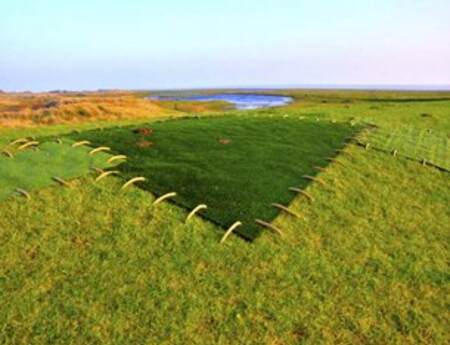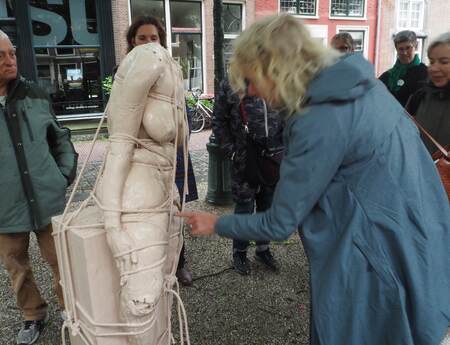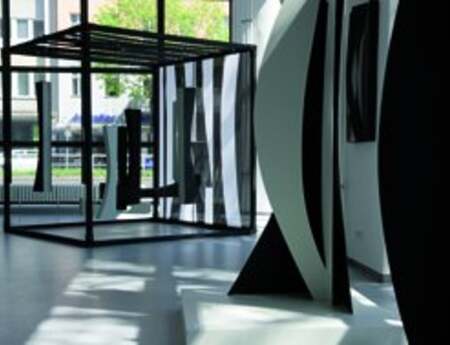Strategy of resilience
Fundamentals, negations and survivals in Italian sculpture of the younger generation.
The last twenty years have seen theoretical reflections on the contemporary problem of identity, in all its forms. If the '90s and the beginning of the twenty-first century were dominated by a strong focus on identity, in relation to the body and genetic and digital transformations, the last decade deals with the concept of national identity as linguistic and cultural peculiarities of a people and a state.
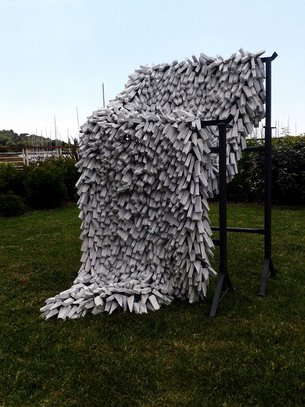
It is no coincidence that not only artistic, but also architectural exhibitions and publications are carrying out these reflections, investigating the absorption of national identity, a process that began in the early nineteen hundreds, when artists, in the name of modernity, sacrificed national languages and triggered a process of cancellation of each country’s characteristics. These issues are absolutely central and meaningful for sculpture, the only art that can really stand between painting and architecture.We are invaded by exhibitions that simplistically declare and display the melting-pot, globalization, multiculturalism and hybridizations.
In my country, Italy, these issues are now burning, but they are not new. We cannot speak of a Made in Italy or Italian art and culture without talking about caravans, journeys, exchanges and intersections. However, to highlight these themes, I have chosen to address this question from the opposite perspective. I'm interested to check out what happens today in the research of a single sculptor, in terms of precise and defined identity that moves in a geo-historical and cultural context in constant redefinition.
Which are the foundations of plastic research today? What is left? What is lost? What is transformed? Which are the forces that resist and oppose the sculptural process, from concept to form (and you can still talk of Form)?
Resilience, in its general sense, means to find a balance after a state of change. It involves some effort. Which is the way of return for the sculpture? Sculpture goes back to what? How were its foundations questioned? Does sculpture still makes sense in the place where it was born? Resilience becomes the strategy for contemporary sculpture: it’s the highest point of rupture, both with what was there before - national identity - and with the melting-pot, undifferentiated and transient.

Materials are also put to the test: the sculptors I have selected choose them because they represent their identity and identify them with the culture of the place to which they feel they belong. Their research shows that resilience is a strategy with which to speak to the world and its complexity, through themes of history, space, time and man. The discourse becomes more complicated, if we consider the resilience of the public and the curator who find themselves faced with a different strategy, which is hard to understand: the fundamentals of each sculptural research are mixed in a ratio of give-and-take to lose-find. The eternal story of art is based on this ratio.
The Curator’s selected artists whose work illustrate her described idea on sculpture, are:
Francesco Arecco (Gavi-Alessandria, Italy, 1977)
Alberto Gianfreda (Desio-Monza Brianza, Italy, 1981)
Marco La Rosa (Brescia, Italy, 1978)
Francesca Pasquali (Bologna, Italy, 1980)
Daniele Salvalai (Iseo-Brescia, Italy, 1979)
Valentina De' Mathà (Avezzano, Italy, 1981)
Laura Renna (San Pietro Vernotico, Brindisi, Italy, 1971)
Silvia Hell (Bolzano, Italy, 1983)
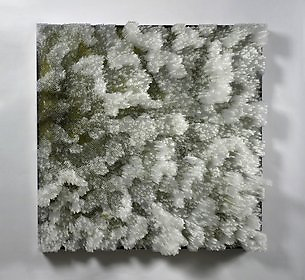
Ilaria Bignotti
PhD in “Arts Theory and History", IUAV University-Venice. Founder and Curator of the movement of art and culture Resilienza italiana.
Appointed for the scientific research of the “Associazione Paolo Scheggi”, Milano. Member of the Scientific Committee of the “MoRE Museum-museum for refused and unrealised art projects”.
Collaborates to the Research Unit “Teoria delle immagini” of the IUAV University-Venice and researcher to the Literature Art History and Society of the Parma University.
She teaches “Recent Visual Art Tendencies” and “Contemporary Art Languages” at the Academy of Fine Arts "Santa Giulia", Brescia.
Ilaria Bignotti is an independent curator for Galleries, Foundations and Museums in Italy and abroad, among them: Guggenheim Collection, Venice; Centre for Contemporary Art "Luigi Pecci", Prato; Art Museum of the City of Ravenna; Pav-Parco Arte Vivente, Center for Contemporary Art, Turin; Bevilacqua La Masa Foundation, Venice; Orestiadi Foundation, Gibellina; Museum “Santa Giulia”, Brescia; Italian Institute of Culture, Hamburg; Gallery of Modern and Contemporary Art “Palazzo Forti”, Verona.
Curator and tutor for the "Premio Arti Visive San Fedele", Milano, since 2008.
If you would like to contact Ilaria Bignotti please write to info@sculpture-network.org

